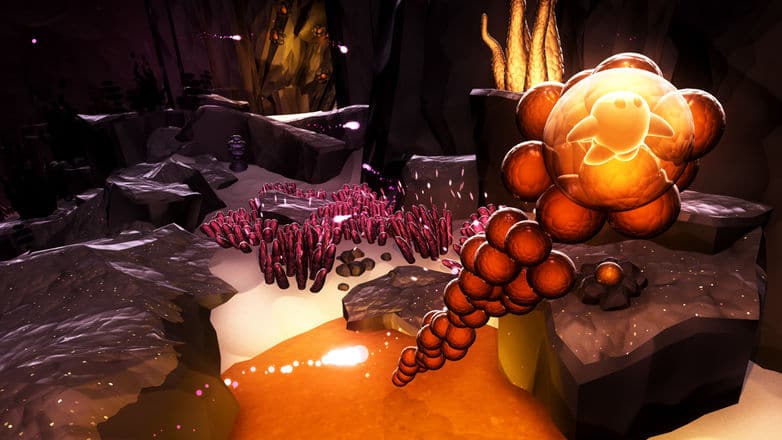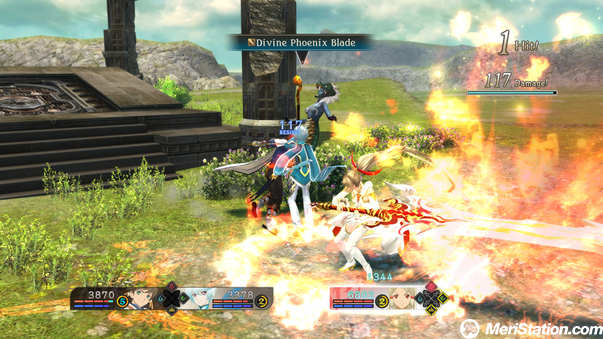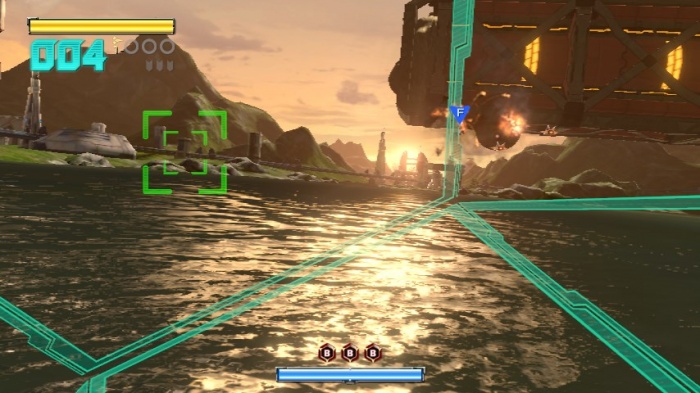Grow Home is a perfect example of what we want to say: published in 2015, the game used a system of procedural animation and urged us to visit a rather extensive scenario in search of terminals, collectibles and ramifications to “sprout” in order to arrive as high as possible and thus perform the tasks of the protagonist, the robotic “botanical” BUD An immense experience but full of potential that was then in many ways expressed in Grow Up,
released a year and a half ago, which was precisely to emphasize certain mechanics and to enrich the concept of departure with a whole series of elements. Well, let’s imagine that even Ode is preparing to undertake such a path: available only on PC via Uplay at the price of just 4.99 euros, the game is presented as a “joyful and enjoyable game experience”, “a carefree and delicious title”. Will it be true?
SMALL BALL WITHOUT A SKY
There are no tutorials, instructions or animated sequences to introduce Ode, which with its only four levels (plus a bonus) certainly does not aim to keep us busy for more than a couple of hours. However, the point under discussion is the quality of the experience, its ability to surprise and indicate new horizons towards which, perhaps, build something more substantial and ambitious. A goal achieved, we can say without problems, but without any
complication that strides a bit ‘with the descriptions of the game reported earlier. At the controls of a nice little creature enclosed in a bubble, our task within each scenario will be to collect a series of orbs, which once touched will begin to gravitate around in the way of Katamari, and use them to activate “switches” gelatinous “of variable number.
The focus of the gameplay lies in the exploration, in the ability to find hidden orbs and to increase dramatically the amount of spheres that we carry, but in reality, few of these objects are enough to carry out the operations necessary to open a door to the Next Level.
The character that we control can initially perform only a handful of actions : move, jump, attract magnetically orbs (right trigger) and launch them forward (left trigger) because, with their touch, activate further fragments. The latter is a mechanic that is gradually eviscerated during the campaign, and that goes hand in hand with the release of some special powers when we come into contact with sources of different colors.
The golden one, for example, allows the protagonist to stand out much wider leaps and thus reach previously unattainable platforms, while the green one makes sure that the orbs can be transformed into a sort of “folding stilt” to walk from one column to another.
And move with ease within fairly dizzy areas. The last power is activated with red light sources and transforms our spheres into a wheel, increasing the speed of movement and allowing us even to glide after a jump to cover longer distances. At the same time also the activation of the switches becomes more complex, with “hidden” jellies that must be hit with the aid of updrafts or devices that must first be moved and then “turned on”.




